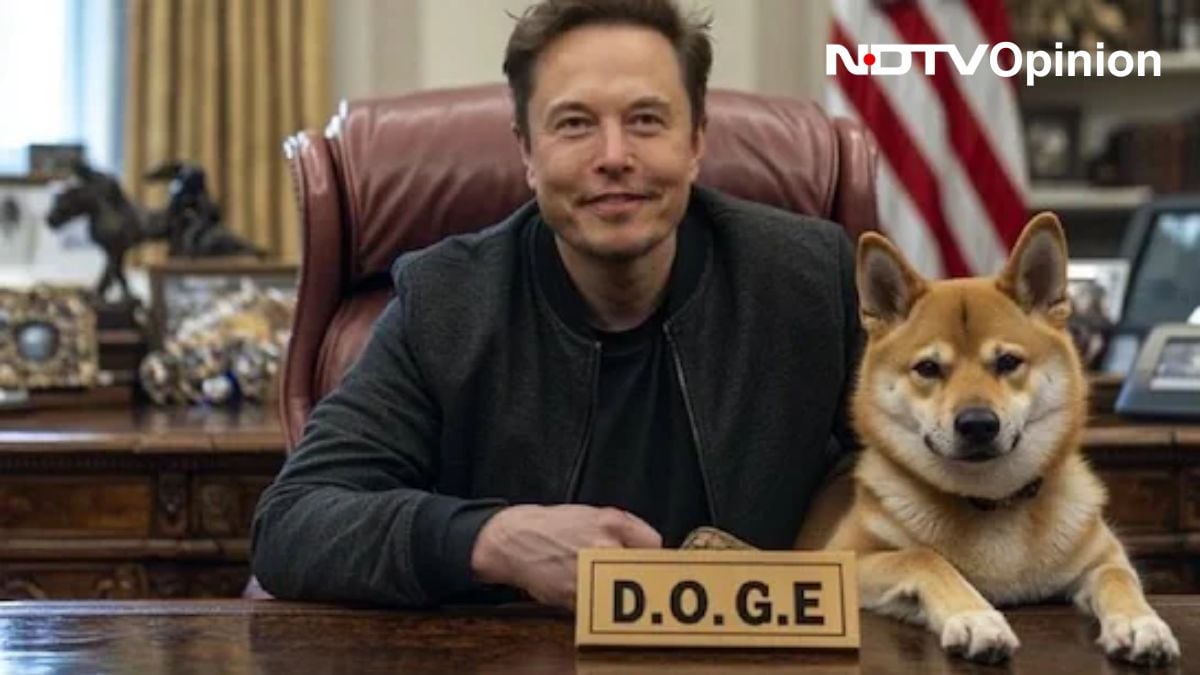The US president-elect, Donald Trump, recently appointed tech billionaire Elon Musk and biotech investor Vivek Ramaswamy to lead the new DOGE (Department of Government Efficiency) in his second administration.
On their selection, Trump said that the “two wonderful Americans” shall “dismantle government bureaucracy, slash excess regulations, cut wasteful expenditures, and restructure federal agencies” through the newly formed department. However, Trump made it clear that the pair would act in an advisory capacity and that the DOGE would not be an official government department.
With this announcement, Trump created a seemingly important role for his ‘buddy’ Musk, who supported him with his time and money during the presidential campaign. Ramaswamy ran as a Republican candidate for President earlier this year against Trump, before dropping out and endorsing him. Since his re-election, Trump has been busy naming his core team with his loyalists, overriding concerns about impartiality and conflicting interests.
Both Musk and Ramaswamy have companies with ongoing government contracts. Even as advisors, they will have occasions to further their business interests directly or indirectly, and this will not attract US government conflict of interest laws.
Both Republican and Democratic presidents have in the past adopted different approaches to make the government efficient and to cut spending. In fact, a similar attempt was made in Trump 1.0, with the OAI (Office of American Innovation) set up under his son-in-law Jared Kushner to “make government operate like a business”. However, the OAI saw little success.
What Exactly Is DOGE?
The concept of DOGE was suggested by Trump in early September during the election campaign. At one of the meetings, Trump said that in 2022, “fraud and improper payments alone cost taxpayers an estimated hundreds of billions of dollars”. Then, just days after his win, Trump declared that Musk and Ramaswamy would work with the White House and Office of Management & Budget to tackle “massive waste and fraud” in $6.5 trillion of annual government spending.
Not much is known about the official composition and functioning of the newly announced DOGE, or about its funding. Since it won’t be a government department, it will not require the US Congress’s approval for its creation.
Trump expects Musk and Ramaswamy’s work to conclude by no later than July 4, 2026, which will also be the 250th anniversary of the Declaration of Independence. On November 14, an X account for DOGE said that the group was ‘‘accepting resumes from super high-IQ small-government revolutionaries willing to work 80+ hours per week on unglamorous cost-cutting”. In a separate post, Musk said “compensation is zero”.
Why Many Are Sceptical
The eventual goal of DOGE is to rationalise federal operations and cut significant government spending by at least $2 trillion, which would mean substantial reductions across all programmes, including essential services like Social Security and Medicare, potentially antagonising millions of voters. However, experts are sceptical about DOGE’s success.
“The chances of DOGE succeeding are slim because of several reasons. The bureaucracy is too entrenched for any major gains in reducing the federal workforce; in any case, their salaries are a very small part of the budget,” says Uma Purushothaman, Associate Professor, US Studies, School of International Studies, JNU. DOGE can provide recommendations to the White House but actually lacks direct authority to make spending cuts or regulatory changes. “The US Constitution gives Congress ‘the power of the purse’. This means that any change or reduction in allocation will have to go through Congress, where Trump has a very slim majority,” says Purushothaman. “And it is quite possible that some Republicans in both houses might not want to support some of these reforms,” she adds.
Castles In The Air?
Instead of comparing the DOGE experiment with other past presidents’ similar initiatives that were largely unsuccessful, it would be better to compare it with the OAI conceived during Trump’s first term.
The OAI was a part of the White House office lasting from 2017 until 2021. Under the leadership of Kushner, the group was to be the link between the American technology industry and the Trump administration. It was supposed to reform the federal bureaucracy with “new thinking and real change” to tackle the country’s hardest problems. From workforce shortages and infrastructure challenges to reforming prisons and addressing the opioid crisis, the tasks were enormous.
However, other than carrying out IT modernisation in the government and organising the CEO summit, attended by Amazon’s Jeff Bezos, Apple’s Tim Cook, Microsoft’s Satya Nadella, IBM’s Ginni Rometty and more, there isn’t much to report about it. The OAI definitely received flak for influencing Trump’s government policies. The office was silently closed during the transition after President Joe Biden took charge in 2021. Would DOGE meet the same fate?
“The DOGE’s aims are too ambitious, whether in terms of money or time. It is unlikely that DOGE will succeed at this scale or within this time frame. Yes, it will probably suffer the same fate as the Office of American Innovation, especially if the next administration is a Democratic one,” says Purushothaman.
The DOGE epitomises yet another exploratory method of governance in the US – one where businessmen would apply their corporate experiences to resolve public sector issues. Whether this will lead to any meaningful changes or remain largely symbolic, only time will tell. Until then, the world can’t dodge the DOGE stories.
(The author is Contributing Editor, NDTV)
Disclaimer: These are the personal opinions of the author


